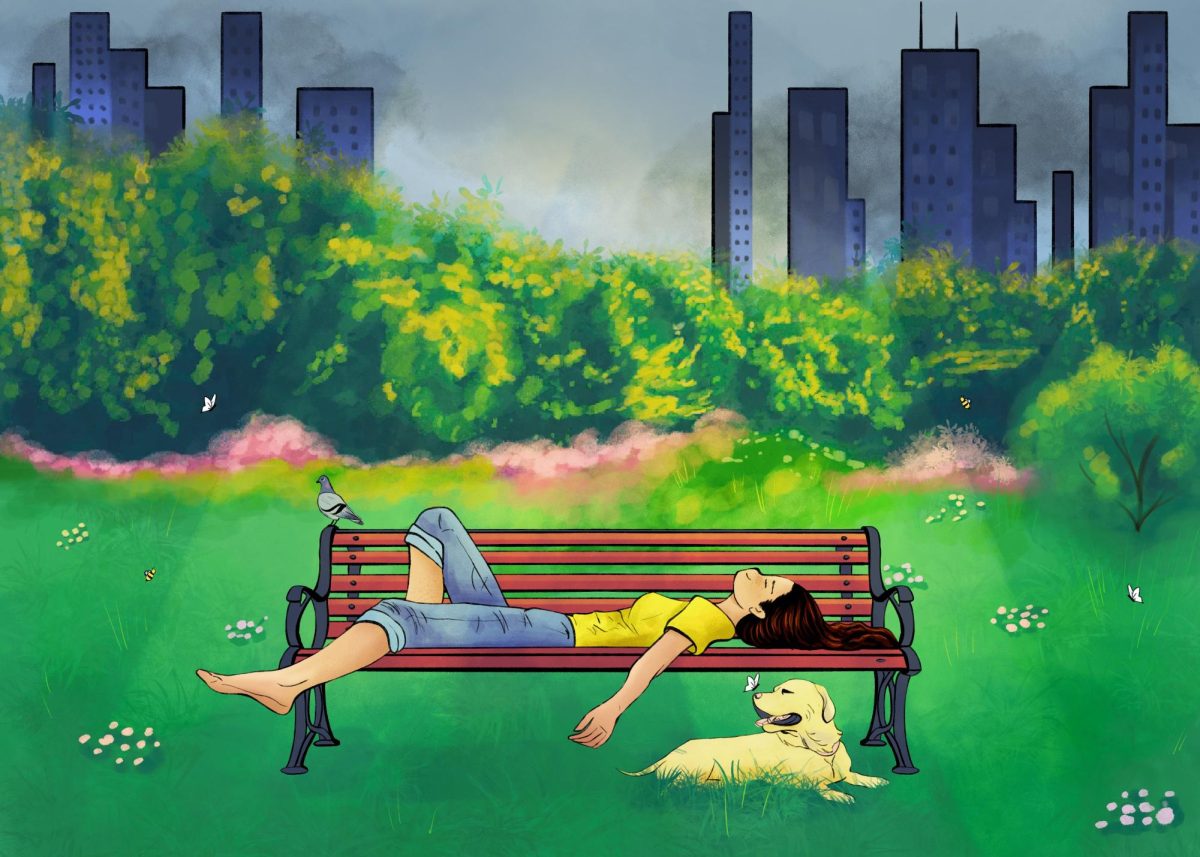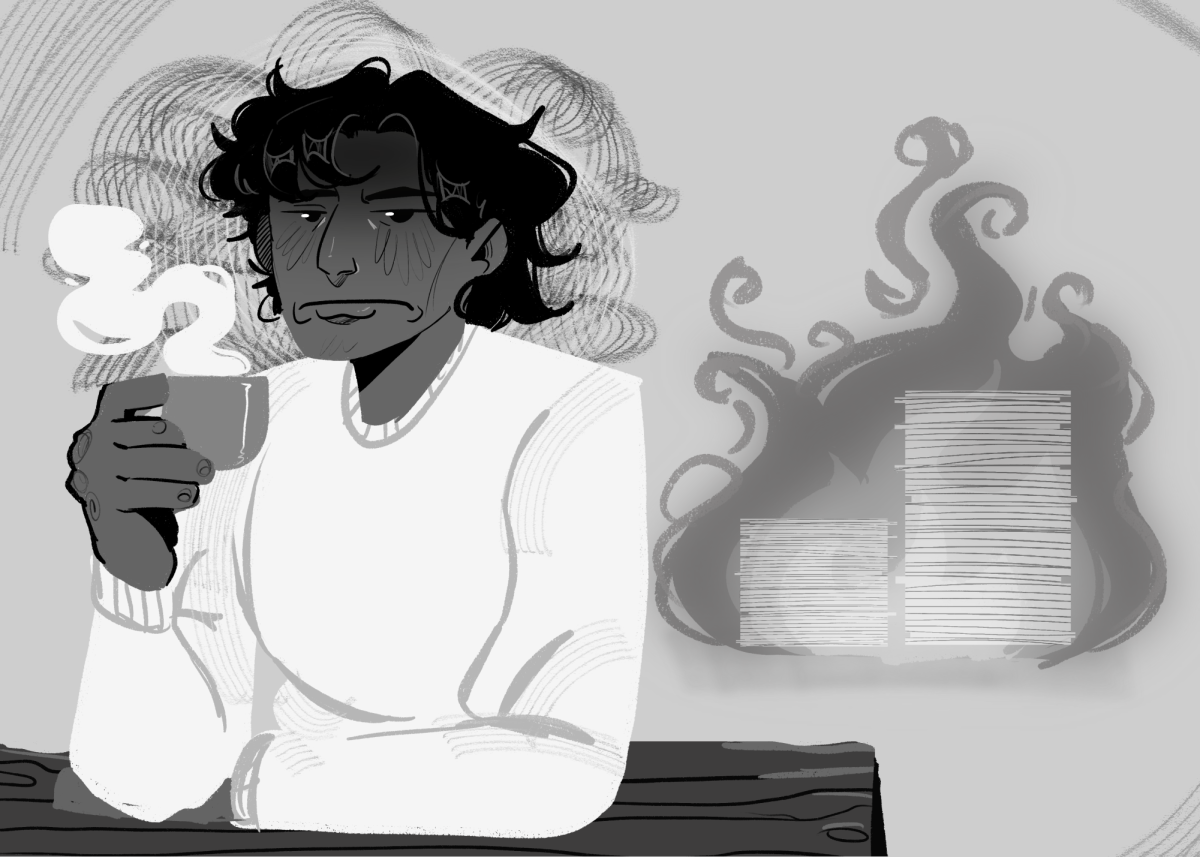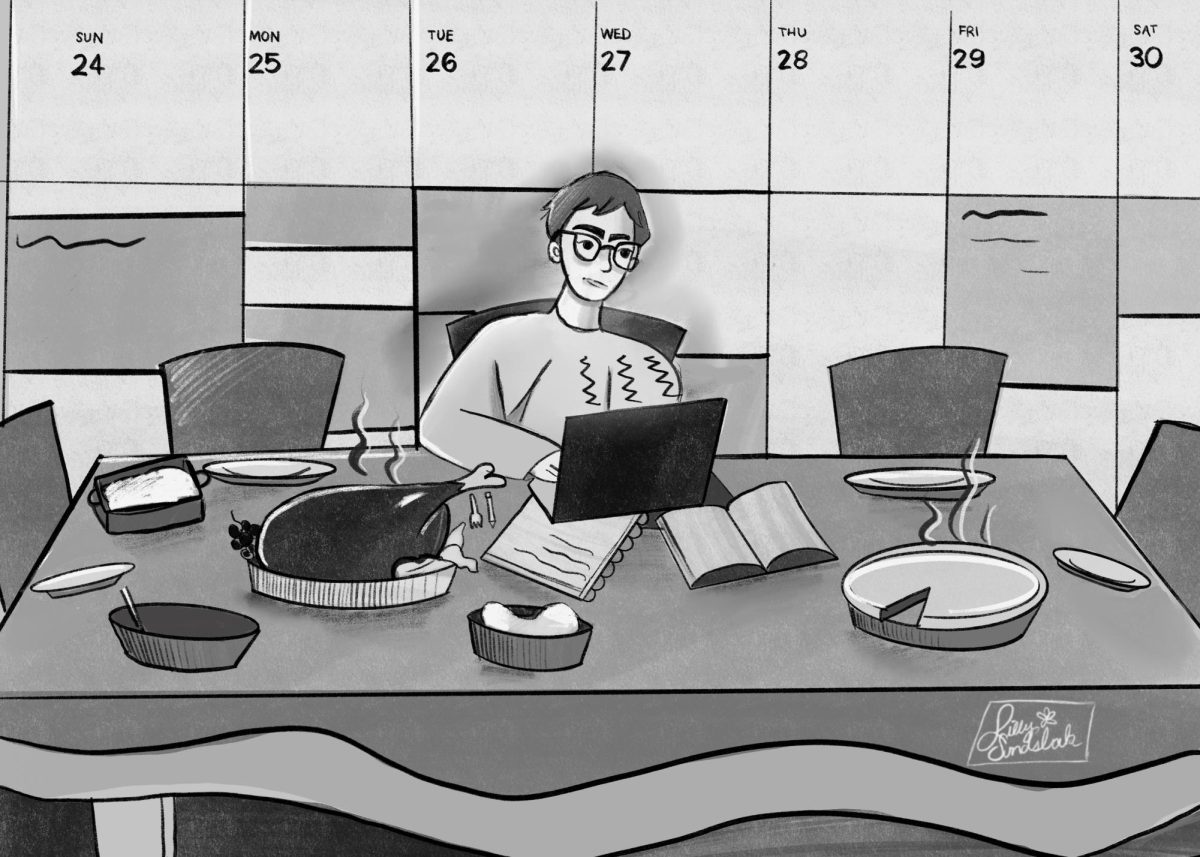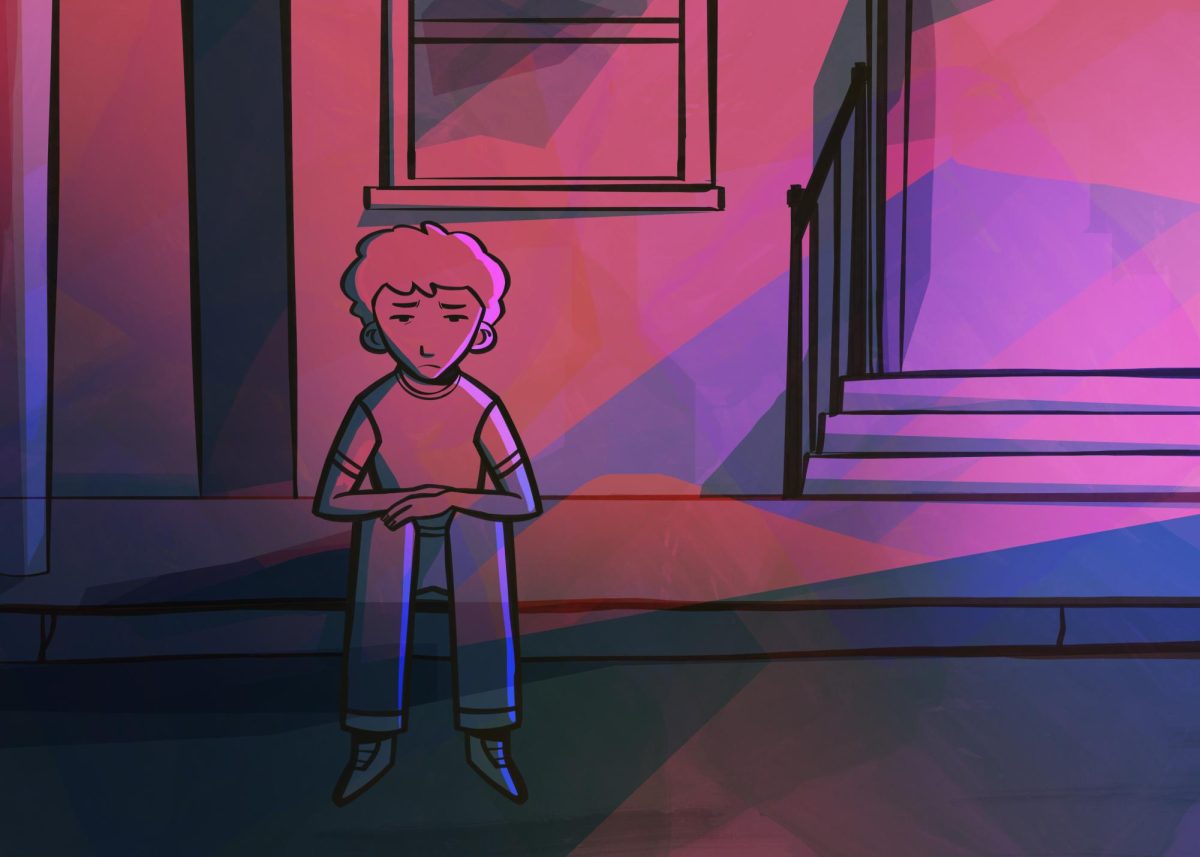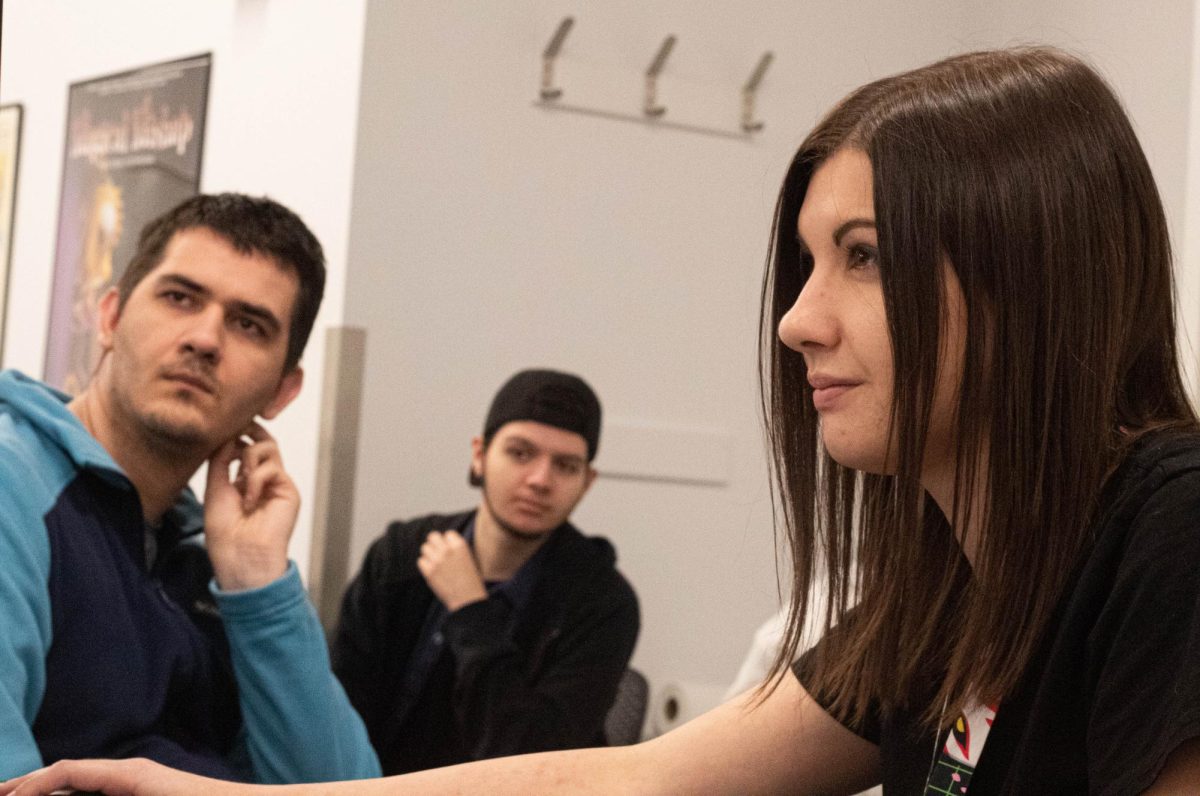MENTAL HEALTH ISSUE
According to the World Bank, 4.4 billion people, or 56%, of the world’s population, live in cities. As more people live in urban environments, it makes sense that inhabitants will feel disconnected from the Earth we all share and live on. It is essential to consider the effects the digital age has on the growing detachment from our relationship with Mother Nature.
Nature therapy incorporates natural environments into people’s psychological and physiological wellness practices and can present themselves as bridges back into the natural world, our mind and body. By sitting or exercising in nature with the help of a trained professional like a therapist or completely self-directed, you can begin your nature therapy by incorporating what is feasible on an individual level.
Globally, people’s screen time averages up to six hours and 58 minutes per day, with Generation Z having the highest daily average of seven hours and 18 minutes. Many studies show the physiological and psychological effects that excess time spent online has, such as obesity, stress, sleep deprivation, depression, chronic neck and back repercussions, anxiety and more.
Before the pandemic, I was struggling with stress, anxiety, depression and suicidal thoughts. Going to therapy for over a year in a dimly lit city building was dreadful. As an environmentalist, I am keen on seeing the sky as much as possible every day, especially as the sun rises and sets. It helps me feel grounded living in a dense, bustling city that the majority of us call home.
During the height of COVID-19, millions were mandated to stay home, preventing many from engaging with the outdoors. Being inside and online prevents a person from getting the clean air or sufficient sunlight necessary to naturally receive vitamin D and air circulation from the outdoors.
Since society abruptly shifted almost everything online, I felt even more disconnected from the work I was supposed to continue during my weekly 60-minute therapy sessions. After one Zoom meeting, I suggested meeting in a green space that was accessible for both of us to try nature therapy sessions. We resorted to meeting in a public park with green space and maintained a safe social distance.
Surrounded by green space, I felt more at ease being vulnerable. With less artificial light and noise pollution, I became more in tune with my senses, thoughts and feelings.
Throughout the process, this experience was one of the most pivotal moments in my life, from navigating life challenges to working on my mental and physical health. With nature all around me, I was able to improve my mind-body connection and mental-well being. With the ability to put my feet in the grass, hear my breath and thoughts, ground myself and rediscover my natural instinct, I felt in tune with my mind, body and the Earth.
That period in my life truly became a significant and memorable time.
Practicing nature therapy can also inspire and motivate more people to actively work toward protecting and preserving our planet as climate change progresses. Continually consuming news stories covering the state of Earth’s climatic conditions around the world can create headline stress disorder, also described as media saturation overload, which can bring psychological strains and suffering to the audience.
It is apparent that climate change worries and stresses many of the younger generations. Nature therapy can present itself as a reminder of hope and purpose as to why we must care for our home.
As safe, accessible and public green spaces are limited, especially in under-resourced, low-income urban neighborhoods, finding nature to immerse yourself in can become challenging or unattainable.
People from racialized groups, such as Black and Brown communities, are twice as likely to live in areas with a lack of accessible urban green space in comparison to their white counterparts. Having therapy itself also has barriers to access due to factors such as finding, choosing or paying for the mental healthcare that works best for you.
In these circumstances, people might practice nature therapy uniquely and independently by purchasing a plant or growing one from the seed of a fruit or vegetable they ate. If space allows, this practice can transform into a garden project where one can safely engage in meditation or other methods of self-care that are beneficial to one’s journey.
Slowly but surely, by becoming a houseplant caretaker to a variety of over 20 plants — some home-grown and some bought — I have found truth and transparency in the state of my plants’ health in relation to my own mental health. Whether they are struggling or thriving, each plant resembles my state of mind at that time. As I check in with my plants, I check in with myself. This method of nature therapy continuously unveils the values of nurturing both my plants’ health and my mental and physical health.
With my experiences caring for plants and being surrounded by green space at vulnerable times, I rediscovered my safe space with Mother Nature. It is crucial to remember the significance of our interconnected relationship that shows us the vitality of nature and our individual mental well-being.
Cin Castellanos is a photojournalism major from Chicago whose work focuses on the environment.
Copy edited by Vivian Richey and Zahra Sandhu


